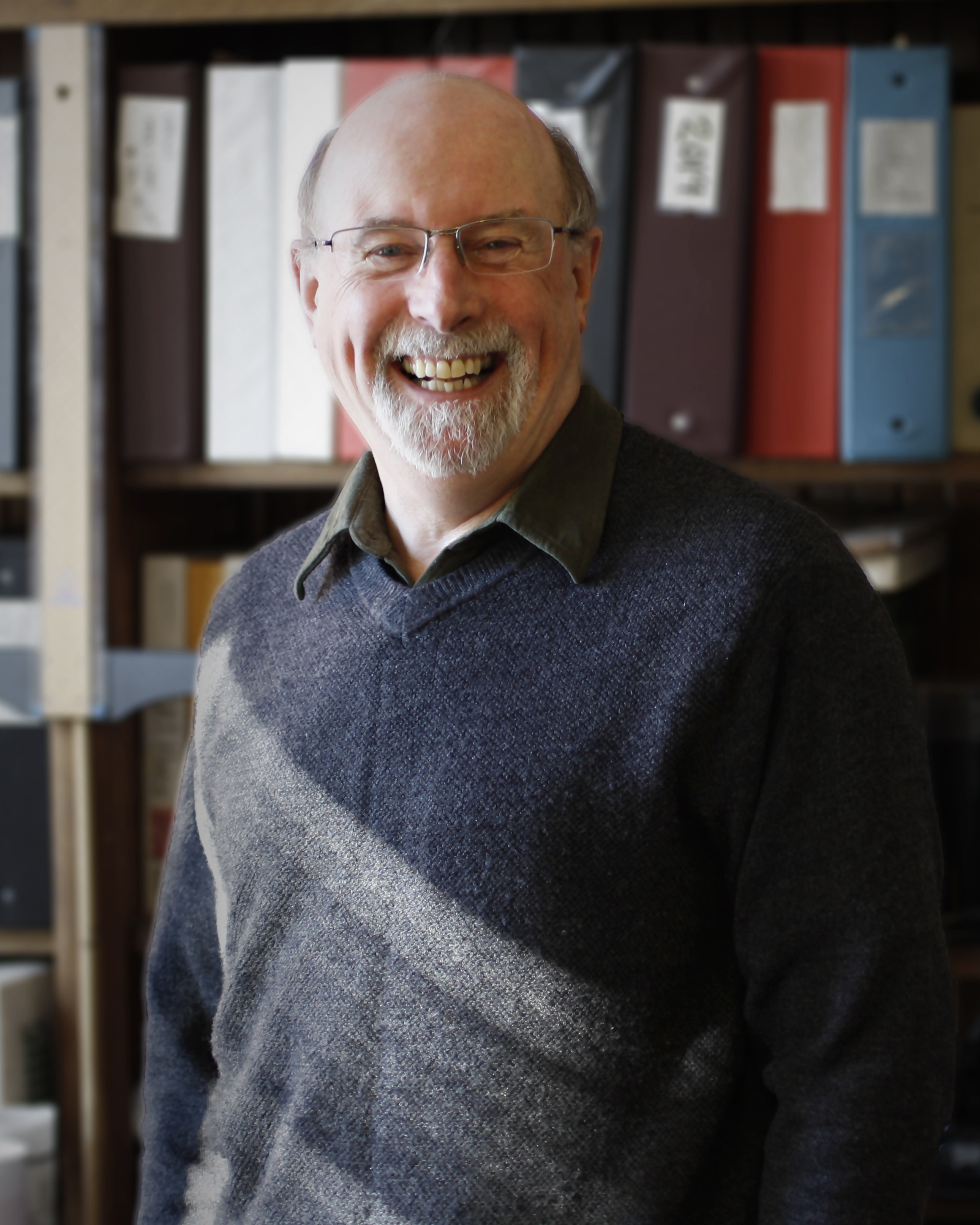Hunter Research is pleased to announce the promotion of Patrick Harshbarger to Vice President. Patrick joined Hunter Research five years ago as Principal Historian/ Principal Architectural Historian. Over this time, he has ably directed the firm’s historical research, architectural surveys and interpretive planning projects.
Patrick brings over 25 years of experience to his new role. He is well-versed in cultural resources management and the federal, state and municipal regulatory contexts necessary to meeting our client’s needs. He has a strong background working with museums, historic sites and non-profits, particularly in the areas of interpretive planning, exhibits and collections management. Patrick has specialties in industrial archaeology and historic bridges.
As Vice President, Patrick will have greater involvement in the day-to-day management of the company. He will also take on expanded responsibilities for the development of new projects and proposals for our clients.
Hunter Research looks forward to Patrick’s leadership in his new role. Please join us in congratulating him.



